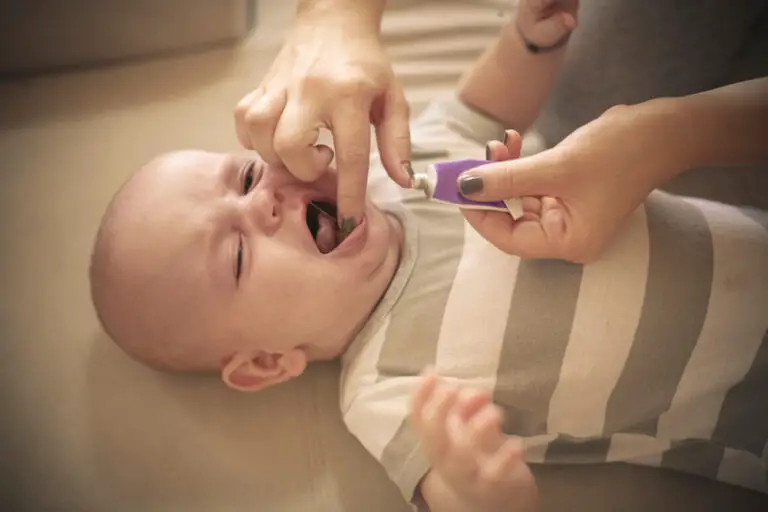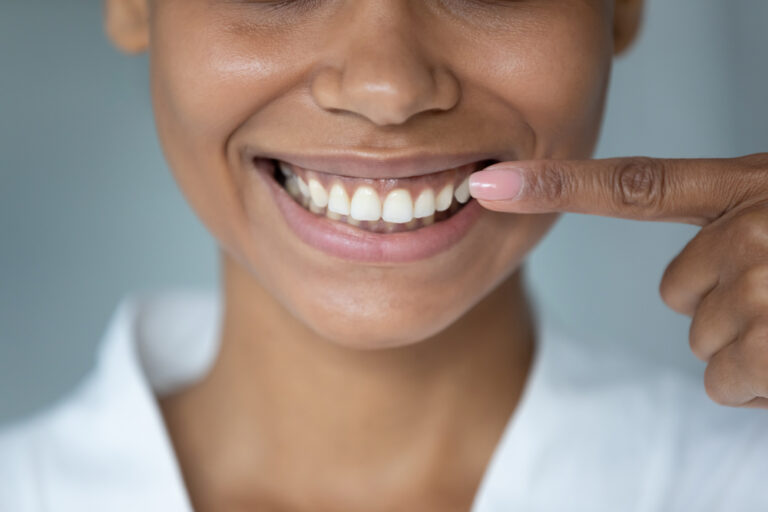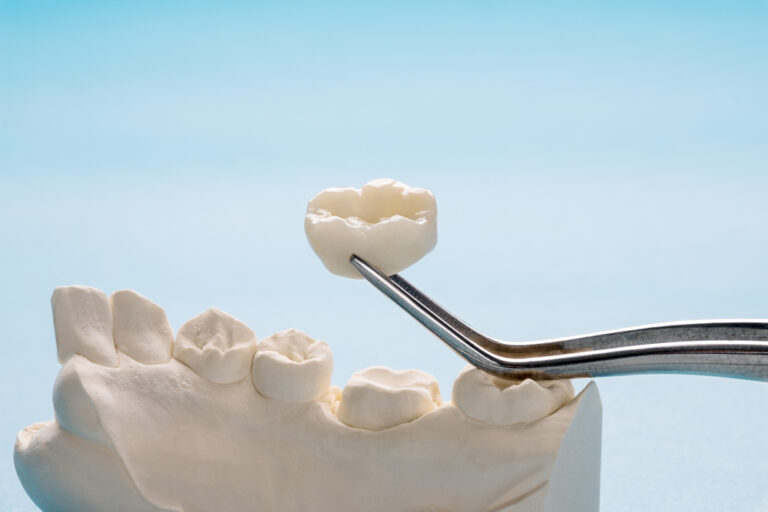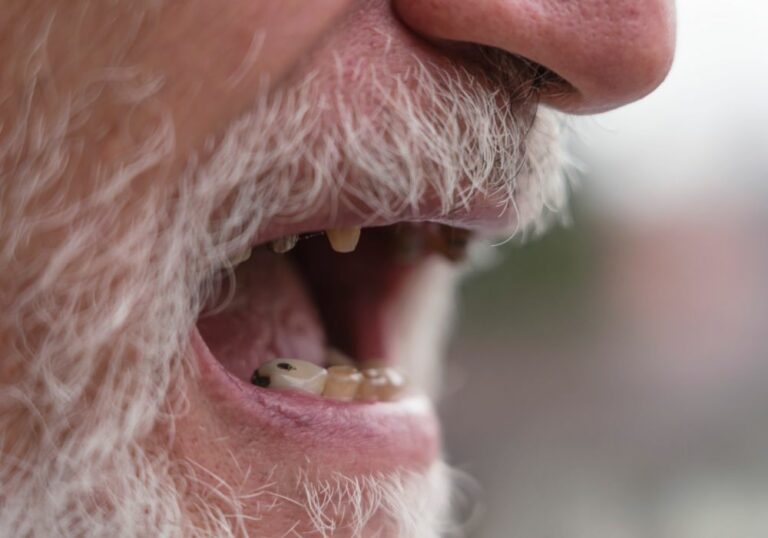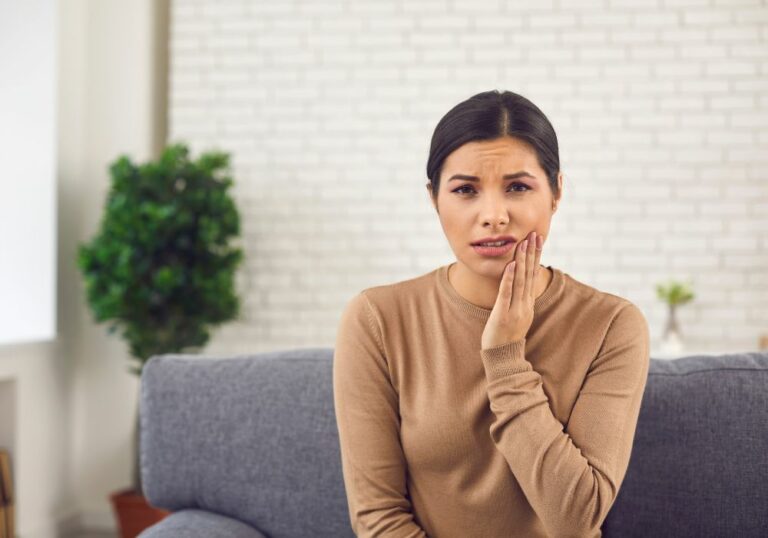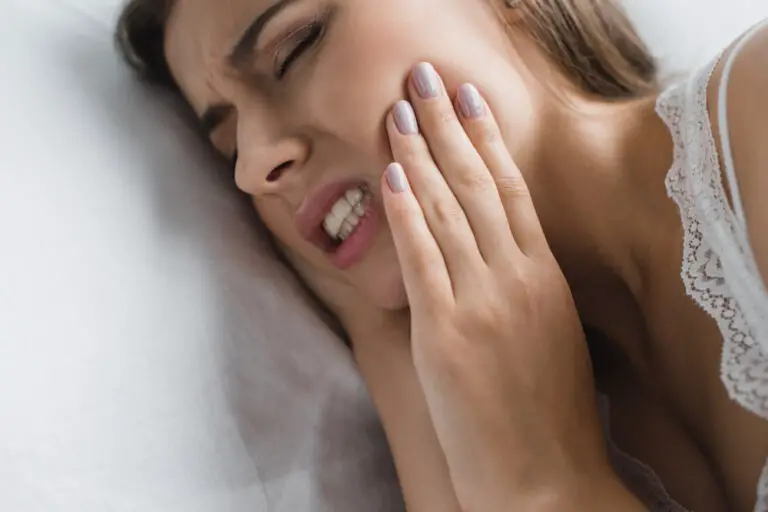Have you ever snapped a selfie and been pleasantly surprised that your teeth looked glowing white and bright in the photo? Yet when you look at them in the mirror, that white photogenic smile seems to disappear.
This common phenomenon has a number of scientific explanations that have to do with how cameras capture images differently than human vision. Read on to learn the reasons behind this “camera whitening effect” and what it means for your dental care and achieving that picture-perfect smile.
How Digital Cameras See Color
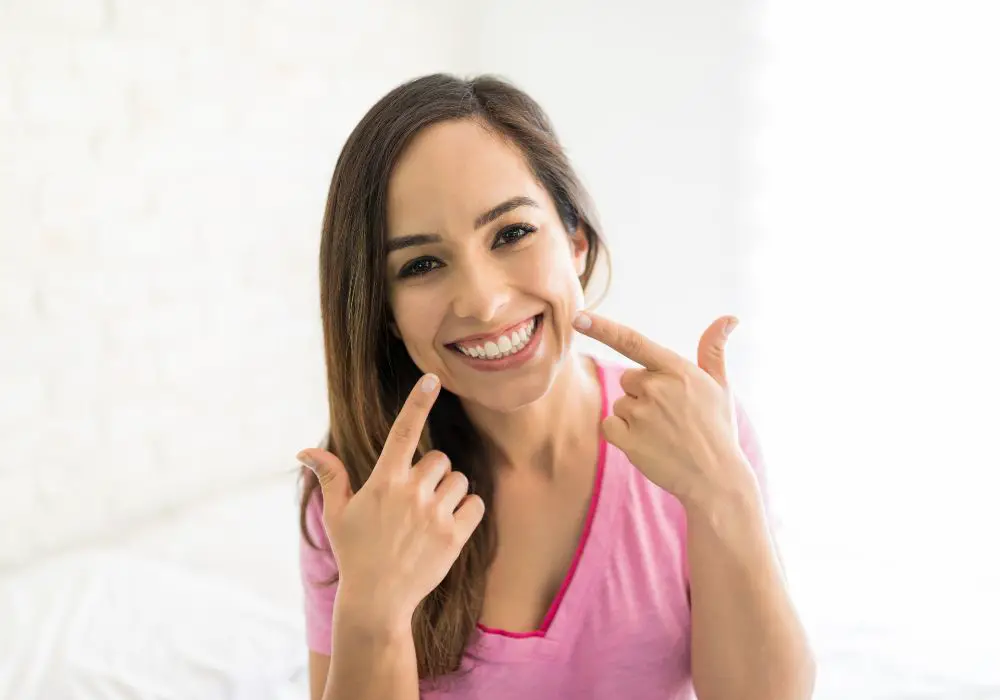
The main reason your teeth can appear whiter in photos comes down to differences between camera image sensors and the human eye. Let’s break down how each functions:
Image Sensors in Digital Cameras
Modern digital cameras have image sensors made up of millions of light-sensitive pixels. When you press the shutter button, the sensor measures the brightness and color of light reflecting off objects in the scene. It records this light data and translates it into digital image information that reproduces the colors and shading you see in the final photograph.
Some key factors in how accurately a digital camera’s sensor captures color include:
- Sensitivity to all light wavelengths – The camera sensor is designed to detect the full spectrum of visible wavelengths of light, ranging from shorter violet/blue light to longer reds. Human eyes have more limited sensitivity to some colors like blues.
- Automatic white balance – Digital cameras have built-in automatic settings and filters that properly balance colors and adjust for different lighting conditions. This helps produce truer-to-life color reproductions rather than images skewed too blue or yellow.
- Pixel resolution – The more megapixels a digital camera has, the finer the color resolution and gradations it can capture. More pixels allow the camera to detect subtler nuances in tooth shades rather than averaging them out into one uniform color.
The Human Eye and Vision System
Our eyes and visual processing systems evolved to accomplish different tasks than a digital camera – like being able to see diverse colors and perceiving the world around us accurately. This means there are inherent differences in how human vision works compared to camera sensors:
- Less sensitivity to blues – The human eye has lower light sensitivity and acuity for cooler blue wavelengths on the color spectrum. This makes it harder for us to distinguish subtle differences in shades of white compared to a camera.
- Color constancy – Our brains have the ability to automatically balance and compensate for colors under different lighting conditions. This means whites don’t appear overly blue or yellow to us regardless of indoor or outdoor light. The downside is it masks nuances in tooth shades.
- Lower resolution – While digital sensors have millions of pixels, the eyes essentially have lower “resolution” since light-detecting cells are spread out over the retina. This causes small tooth color variations get averaged out into a uniform shade.
Why Your Teeth Can Look Whiter in Photos
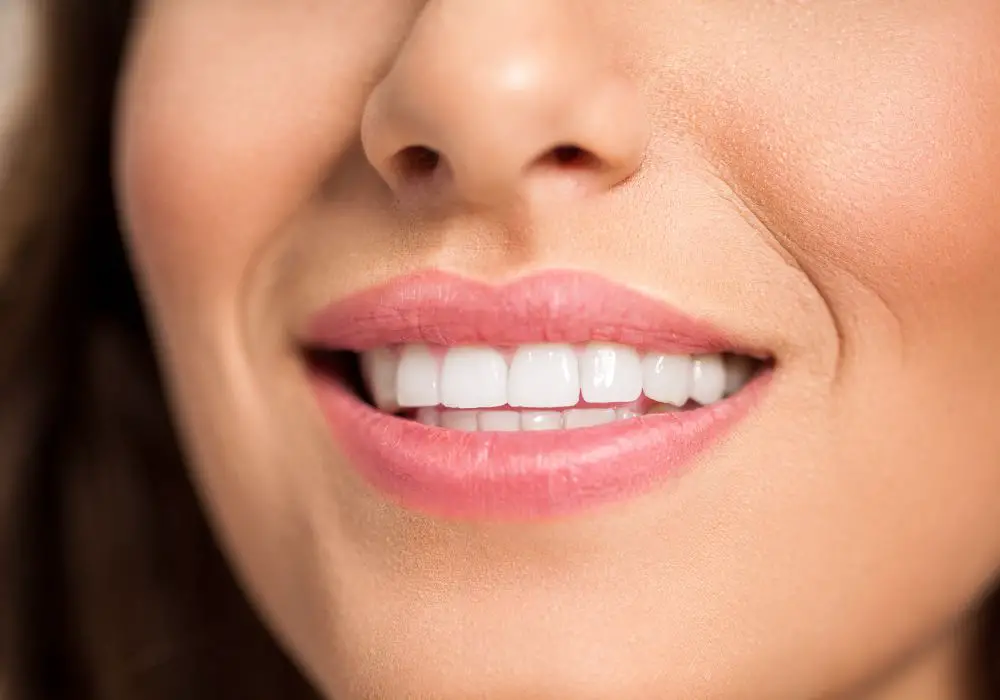
Armed with an understanding of the inherent differences between digital camera image sensors and human vision, we can now dive into the main reasons teeth often look whiter and brighter in photos.
1. Cooler Color Temperature of Indoor Lighting
The white balance setting on digital cameras measures the actual color temperature of scene lighting and then calibrates other colors accordingly. Most indoor settings have warm, yellowish incandescent lighting ranging from about 2700K to 3000K color temperature.
To compensate for this yellow cast, the camera automatically adds a subtle blue color tint to photos taken indoors. This extra blue boost makes teeth look whiter and less yellow than they do to our eyes under the same lighting.
Outdoor shade provides much cooler bluish daylight around 7000K to 8000K color temperature. This brings out the blue undertones in tooth enamel that make teeth look whiter just like indoor camera white balance effects.
2. Boosted Color Saturation
In addition to the automatic color adjustments, many smartphone cameras also artificially increase color saturation. This means they digitally enhance the intensity of blues, whites, and brightly colored objects like teeth in the final photo.
Teeth have subtle natural gradients of yellows, blues, grays, and white making up their coloration. Increased color saturation emphasizes the cooler blue end of the spectrum present in enamel while downplaying yellowish hues. This heightened contrast between tooth colors and gums also helps teeth stand out more boldly.
3. Loss of Fine Surface Textures
Small irregularities, pores, cracks, and textures in enamel help scatter reflected light. This serves to blend and mask intrinsic tooth discoloration and microscopic stains. However, cameras flatten out these microsurface features through factors like:
- Pixel resolution averaging effects
- Lens soft focus and depth of field
- Image compression artifacts
- Lighting highlights and shadows
This airbrushing effect removes much of the surface texture that hides tooth imperfections. As a result, minor stains get rendered as a uniform smooth white surface in the photograph.
4. Posing and Framing
When people take selfies or portraits, they intuitively frame shots and pose to show their teeth in the best possible light. Keeping lips slightly parted reveals more tooth surface area. Rotating the head for optimal lighting eliminates shadows inside the mouth that can accentuate yellowing.
Smiling wide or laughing opens the jaw to lift and stretch the upper lip upward. This instinctively displays teeth at their whitest with gums and lips framing them for maximum contrast. Good posing techniques combined with careful camera focus stacking the odds for an appealing white smile in photos.
Other Contributing Factors
Beyond just the camera’s role, a few other things can make your teeth appear whiter and brighter in photos:
- Display screens – Computer displays, phone screens, and TVs show colors differently than print photos or real life. Their cool blue LED backlighting can emphasize lighter tooth shades.
- Photo editing – Many social media apps and camera filters boost contrast and apply color tints to stylize images. Some automatically include teeth whitening and brightening effects.
- Retouching – Fashion magazines and advertisers digitally retouch models’ teeth to increase lightness, brightness, and uniformity well beyond normal.
- Bleaching treatments – Whitening toothpastes, strips, and trays only need to produce a slight visible lightening effect. But this change is often more pronounced and noticeable in photos.
- Dental cleanings – Professional cleanings increase light reflectivity off the enamel surface. Teeth temporarily appear whiter for photos shortly after a polishing and plaque removal.
- Cosmetic dentistry – Porcelain veneers, caps, and bonding made from ceramic or composite resin can look ultra-white in pictures though less natural in normal light.
What This Means for You
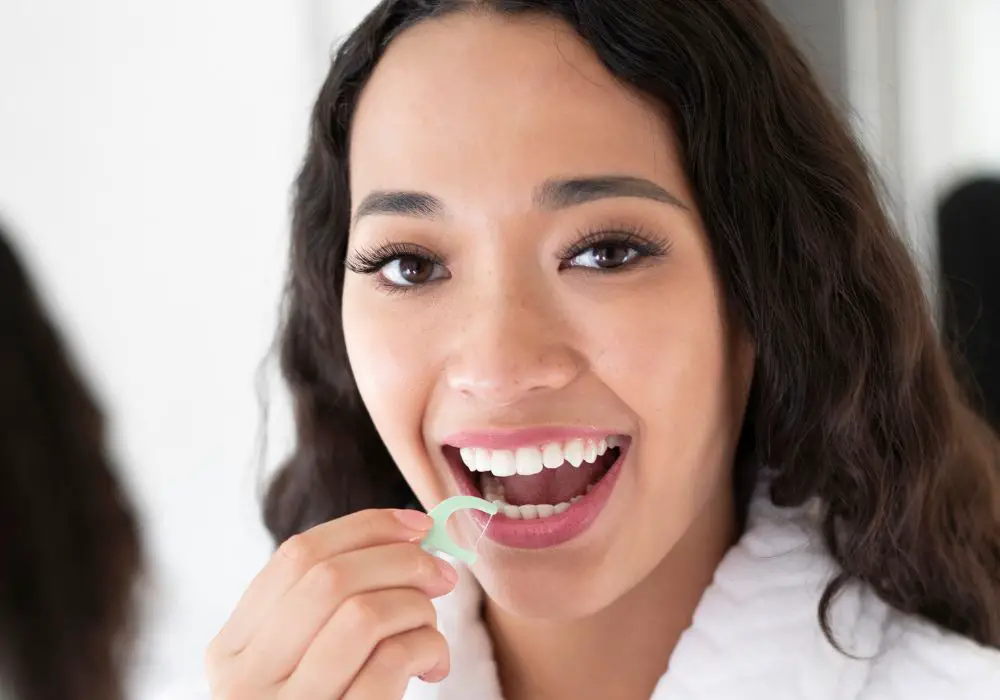
Recognizing that cameras tend to exaggerate and over-correct tooth whiteness has useful implications for photography, dental care, and managing expectations:
- Evaluating tooth shade – Don’t solely judge tooth color based on photos that may present an unrealistic ideal. Take pictures with natural lighting as well for an accurate representation.
- Beauty standards – Don’t feel pressure to bleach your teeth to try matching digitally enhanced smiles you see online or in media. Slight yellowing is normal and natural.
- Considering whitening – If your teeth still look quite yellow and discolored in well-lit photos showing true color, bleaching may be recommended. But avoid over-whitening that looks artificial in person.
- Communicating with your dentist – When discussing tooth shade or discoloration issues with your dentist, bring example photos showing the problems along with your goals.
- Temporary whitening treatments – Methods like whitening strips tend to produce better visual results in photos than noticeable in-person lightening. Set expectations accordingly.
- Shade matching – Pick dental appliance colors under brighter lighting conditions to better match how they will appear in flash photography.
The takeaway is that your smile looks best when tooth coloration appears pleasingly natural both in real life and photographs. Minor intrinsic yellowing is normal, but significant staining could indicate larger issues. If you have true tooth discoloration concerns beyond just photographs, consult your dentist about whitening or restorative options. Otherwise, smile confidently knowing cameras exaggerate whiteness temporarily!
Why Teeth Can Look More Yellow in Photos
While cameras typically enhance white shades in teeth, the opposite effect can also occur where teeth look more yellow or discolored in pictures compared to real life. This tends to happen due to:
- Warm-colored indoor lighting emphasizing yellow/orange tones
- Low color saturation in the camera muting lighter hues
- A camera flash casting shadows inside the mouth and accentuating stains
- Improper white balance failing to correct for yellowy incandescent lights
- Low resolution cameras blending away enamel’s natural texture
- Outdated image sensors lacking dynamic range and color accuracy
You can compensate for potential tooth yellowing in photos by adjusting camera flash, lighting, and white balance settings. But the camera may also just be exposing intrinsic tooth discoloration you don’t notice in normal lighting. If this is the case, visiting your dentist to discuss professional bleaching or restorations may be warranted.
Frequently Asked Questions
Q: Why do my teeth look yellow in the mirror but white in pictures?
A: Your bathroom mirror probably uses warm incandescent bulbs that cast a yellowish tone on everything. But cameras compensate for this lighting color imbalance by boosting blues and whitening teeth. Mirrors also show teeth super close-up while photos flatten out texture that hides yellowing.
Q: Should I get my teeth whitened if they look very yellow in photos but not in person?
A: It depends. If your teeth only look a bit more yellow in some photos, it may just be the lighting and camera exaggerating color. But if they look significantly more discolored in all photographs, then a whitening procedure may be recommended since the camera is exposing their true shade.
Q: Is it unhealthy if my teeth are way whiter in pictures than they are in real life?
A: Not necessarily by itself. Cameras tend to overcorrect and exaggerate tooth whiteness beyond what eyes see. If your teeth still look reasonably natural and not fluorescent white in photos, that is likely normal. But if they look ultra-bright and artificial in all images, you may want to reassess if you’ve over-bleached.
Q: Should I use a teeth whitening filter to make my smile match my photos?
A: You probably want to avoid relying too much on artificial whitening filters to achieve unrealistic teeth shade expectations set by cameras. Minor intrinsic yellowing of your natural enamel is normal. And the filters prevent you from noticing if any new stains develop.
Q: Why do my teeth still look yellowish in pictures even after I whitened them?
A: Teeth whitening treatments only remove some stains and produce a subtle lightening effect. Your camera may still pick up on remaining yellowness in the enamel, especially under warm indoor lighting. For teeth to look truly white in all photos, you may need to repeat bleaching or try more intensive in-office procedures.

